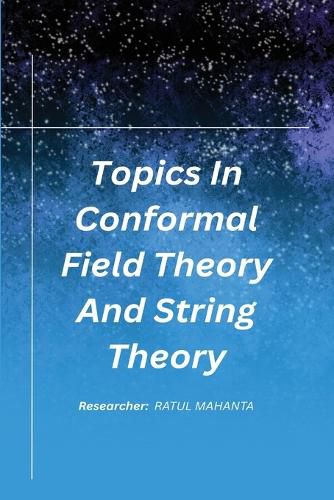Readings Newsletter
Become a Readings Member to make your shopping experience even easier.
Sign in or sign up for free!
You’re not far away from qualifying for FREE standard shipping within Australia
You’ve qualified for FREE standard shipping within Australia
The cart is loading…






This title is printed to order. This book may have been self-published. If so, we cannot guarantee the quality of the content. In the main most books will have gone through the editing process however some may not. We therefore suggest that you be aware of this before ordering this book. If in doubt check either the author or publisher’s details as we are unable to accept any returns unless they are faulty. Please contact us if you have any questions.
The Standard Model is a remarkably successful theory. It is a quantum theory describing the electromagnetic, weak and the strong interactions in nature. Its biggest shortcoming lies in its inability to describe gravity in the quantum regime. Furthermore, the con-stituents of dark matter and their interactions remain poorly understood, making it clear that there is much physics beyond Standard Model. String theory has the promise to pro-vide a quantum theory of gravity unifying all forces of nature [1-4]. It is a theory of interacting strings and other extended objects like D-branes. Its spectrum always con-tains a massless spin-2 state whose low energy interactions are as in general relativity. String perturbation theory is known to be ultraviolet ?nite. At present, the most promis-ing direction to connect string theory with nature is by compactifying ten dimensional string theories on six dimensional Calabi-Yau manifolds. Much progress has taken place in this direction, and this remains an active area of research. Furthermore, the techniques of perturbative quantum ?eld theory fail in the case of strong interactions (QCD) at low energies. However, a close cousin of QCD, i.e. N = 4 supersymmetric Yang-Mills theory in four dimensions at strong coupling can be understood via its string theory dual due to a mathematical correspondence [5, 6]. This has given hope that string theory can shed light on strong dynamics.
$9.00 standard shipping within Australia
FREE standard shipping within Australia for orders over $100.00
Express & International shipping calculated at checkout
This title is printed to order. This book may have been self-published. If so, we cannot guarantee the quality of the content. In the main most books will have gone through the editing process however some may not. We therefore suggest that you be aware of this before ordering this book. If in doubt check either the author or publisher’s details as we are unable to accept any returns unless they are faulty. Please contact us if you have any questions.
The Standard Model is a remarkably successful theory. It is a quantum theory describing the electromagnetic, weak and the strong interactions in nature. Its biggest shortcoming lies in its inability to describe gravity in the quantum regime. Furthermore, the con-stituents of dark matter and their interactions remain poorly understood, making it clear that there is much physics beyond Standard Model. String theory has the promise to pro-vide a quantum theory of gravity unifying all forces of nature [1-4]. It is a theory of interacting strings and other extended objects like D-branes. Its spectrum always con-tains a massless spin-2 state whose low energy interactions are as in general relativity. String perturbation theory is known to be ultraviolet ?nite. At present, the most promis-ing direction to connect string theory with nature is by compactifying ten dimensional string theories on six dimensional Calabi-Yau manifolds. Much progress has taken place in this direction, and this remains an active area of research. Furthermore, the techniques of perturbative quantum ?eld theory fail in the case of strong interactions (QCD) at low energies. However, a close cousin of QCD, i.e. N = 4 supersymmetric Yang-Mills theory in four dimensions at strong coupling can be understood via its string theory dual due to a mathematical correspondence [5, 6]. This has given hope that string theory can shed light on strong dynamics.